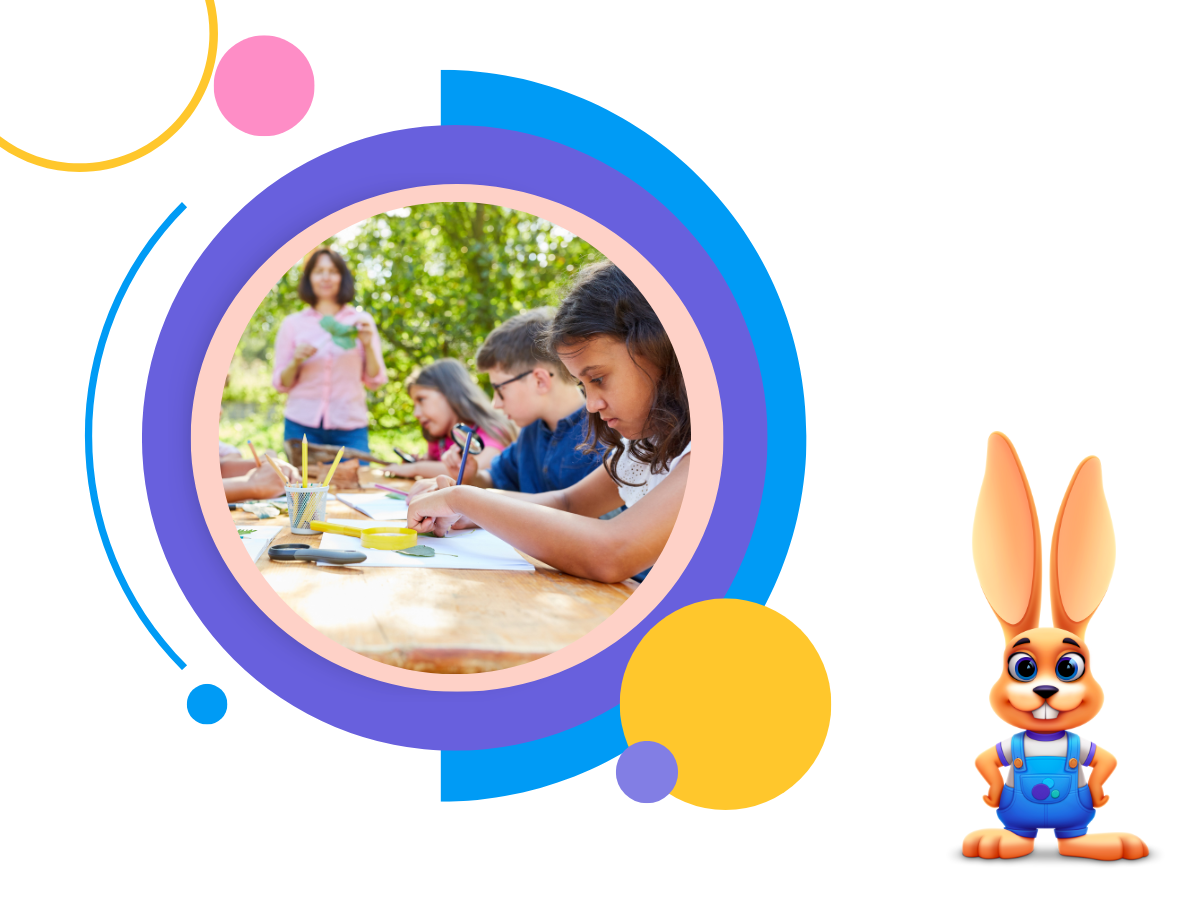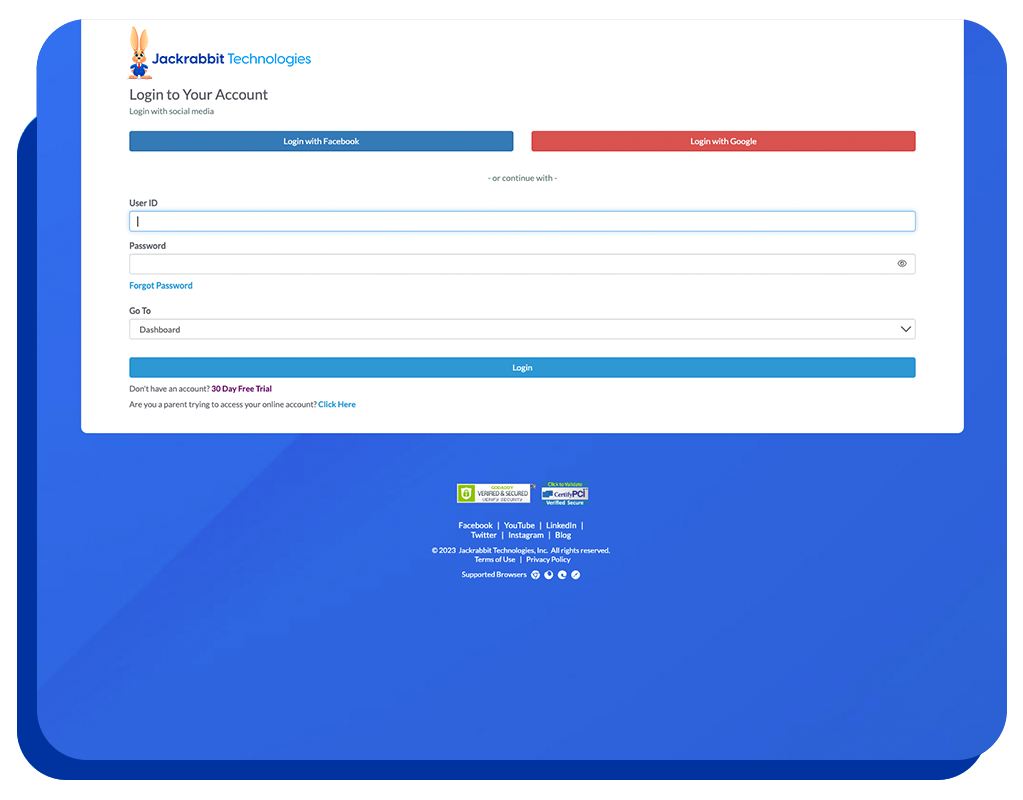Did you know that more than 100,000 children just in our headquarters state of North Carolina spend the day in a child care center while their parents work. That is why finding the right child care center is so important to parents and why parents are so upset when changes occur at the center they and their children have grown to love. Teacher turnover is one of the dreaded changes that happens quite often in centers. This is a fact that, as an owner or manager, you know quite well. What you may not realize is that it isn’t an issue that happens only at a few centers. It is an industry-wide challenge.
“Staff turnover is a challenge that childcare programs face nationwide,” says Kim Means, associate executive director of the National Association for the Education of Young Children, in Washington, D.C. “Early-childhood teachers make so little money that they frequently have to leave to take a higher-paying job.”
One of the most important elements in high quality child care is the classroom teacher. All the toys in the world can’t give a child what a great teacher can. During the earliest years of life – including the years children spend in child care – children are developing attachments to the significant adults in their lives. Strong emotional attachments allow children to develop a sense of trust and to build healthy relationships with other people. When these attachments are not strong and secure, children may suffer the emotional consequences for the rest of their lives. Teachers are critical in this group of “significant adults.”
Before children can learn, they must feel safe and free to make needs known. As they develop strong emotional bonds with teachers, children have the best opportunity to explore and learn.
This relationship building takes time and requires lots of positive interaction between teacher and child. When a teacher leaves, the attachment process is interrupted and the child usually feels a sense of loss and may regress in his emotional development.
A second disruption is the substitute teacher. It can’t be helped. But it doesn’t help the situation. It makes the initial adjustment to one teacher leaving even more difficult because of the secondary interruption and readjustment in requires in trust and comfort – which has a direct impact on relationship development and learning.
National issue or not, this is one that specifically impacts your center because your center’s parents can become disillusioned by how often teachers leave center. Their children are upset when teachers they’ve bonded with leave and they have to get accustomed to first a substitute and then a new teacher. They may cry, act out and even become clingy when parents drop them off.
Teacher turnover is something that every center should be open about – offering help to children as they experience this. Children need help with adjusting to this change from you, as caregivers, and from their parents. It’s a transition that they’re likely to face more than once in their child care center life cycle and need to be able to understand in their own terms.
They need to know:
- Why they are sad.
- A new teacher will be as wonderful as the one they have.
- Their daily routine won’t change.
- Nothing they did caused the teacher to leave.
Sometimes it helps children to make a going-away gift for the teacher, like a card, a drawing or a framed picture that you take of the two of them. Even a small scrapbook of drawings they did while in the teacher’s class are great for helping children say good-bye to their teacher in a positive way.
























